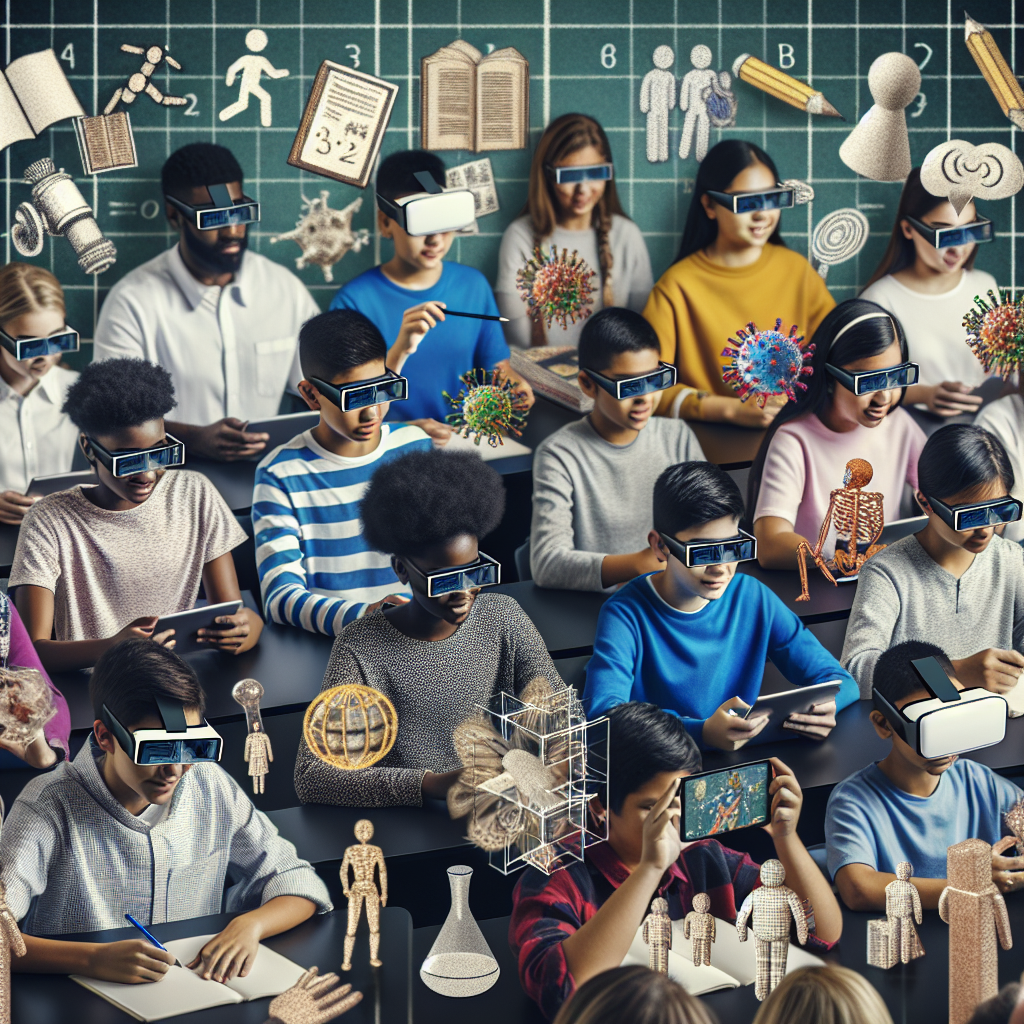Introduction
Augmented Reality (AR) is a technology that superimposes virtual content onto the real world, providing users with an enhanced experience. While AR is commonly associated with gaming and entertainment, it also has numerous applications in the field of education. This article will discuss the applications and benefits of using Augmented Reality in education.
Applications of Augmented Reality in Education
1. Virtual Field Trips
AR can transport students to virtually any location in the world, enabling them to experience virtual field trips. They can explore historical landmarks, visit different countries, and witness natural wonders, all from the confines of their classroom. This immersive learning experience boosts student engagement and provides them with a deeper understanding of the subject matter.
2. Interactive Learning Materials
AR technology allows for the creation of interactive learning materials that bring static concepts to life. For example, students can use AR-enabled textbooks to visualize complex scientific models or historical events. By interacting with 3D objects, students can gain a better grasp of abstract concepts and retain information more effectively.
3. Simulations and Experiments
AR can simulate real-life scenarios and experiments, enabling students to engage in hands-on learning without the need for physical equipment. For instance, medical students can practice surgical procedures on virtual patients, while chemistry students can conduct experiments in a virtual lab. These simulations provide a safe and cost-effective environment for students to learn and apply their knowledge.
Benefits of Augmented Reality in Education
1. Enhanced Learning Experience
AR creates an interactive and immersive learning environment that captivates students’ attention. It appeals to different learning styles and helps students understand complex concepts more easily. By engaging multiple senses, AR enhances retention and recall of information.
2. Increased Student Engagement
AR provides a hands-on learning experience, encouraging active participation and collaboration among students. It stimulates curiosity and encourages independent thinking, as students explore and discover concepts on their own.
3. Personalized Learning
AR technology allows for personalized learning experiences, catering to individual student needs. Teachers can create customized AR content to suit different learning styles and levels of proficiency. This adaptability ensures that every student receives the necessary support and guidance.
4. Real-World Applications
AR enables students to bridge the gap between theoretical knowledge and real-world applications. By applying learned concepts in virtual simulations, students can develop practical skills and gain a deeper understanding of how knowledge is used in various contexts.
Conclusion
Augmented Reality is revolutionizing the education sector by providing immersive learning experiences and bridging the gap between theory and practice. With its wide range of applications and benefits, AR has the potential to transform how students learn and engage with educational content.
